The anatomy of a commercial flight – all you ever wanted to know: Part two
Aerotime
DECEMBER 20, 2024
While many believe that down-pull blinds are simply more susceptible to turbulence or heavy landings, making them more likely to simply drop down, there is an even more logical explanation than this. This again is a safety feature, but one which has traditionally been misinterpreted.

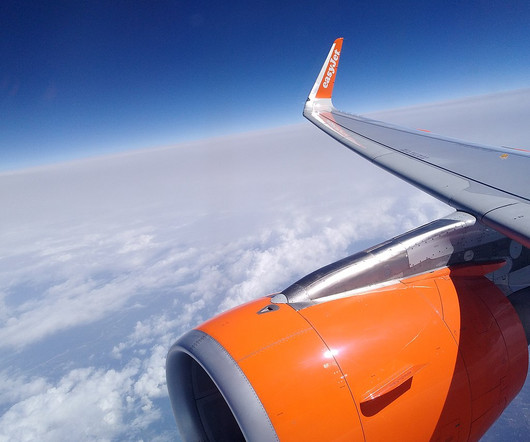



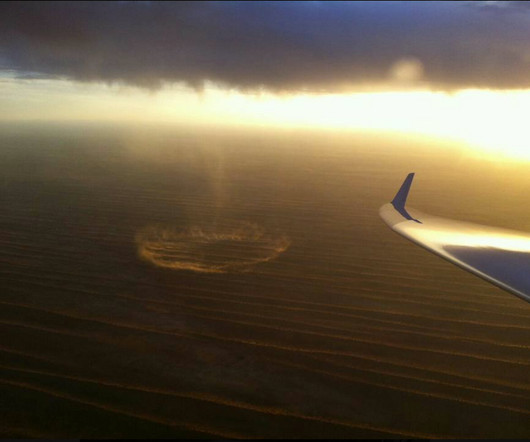




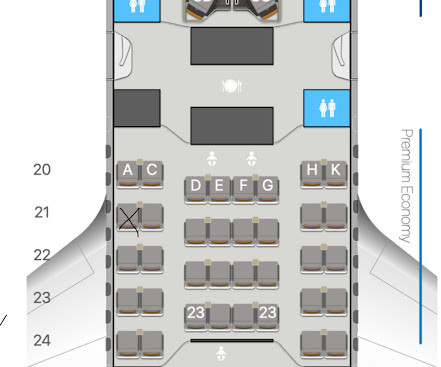
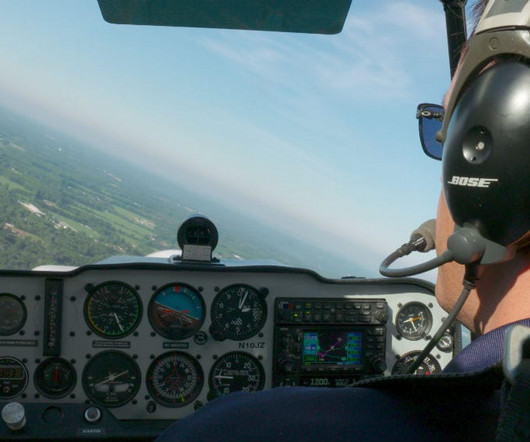
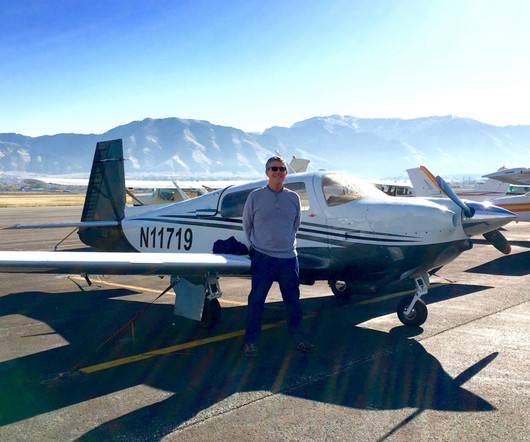
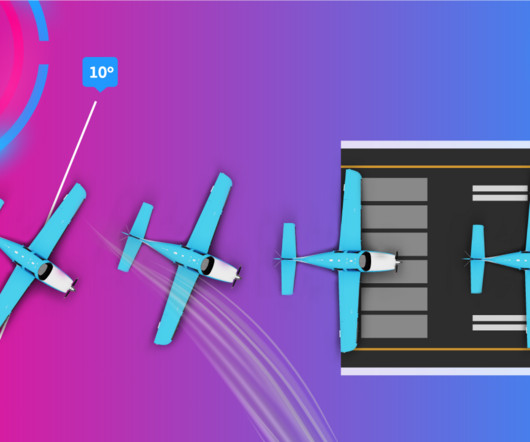

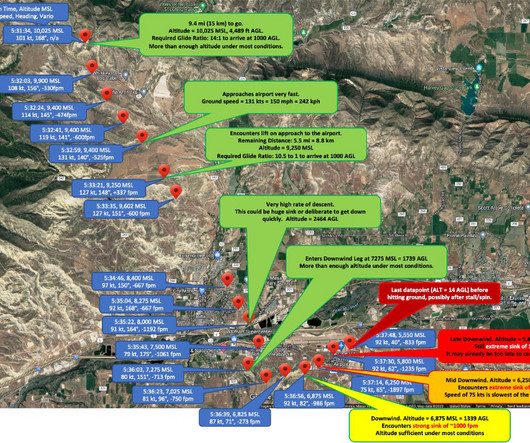
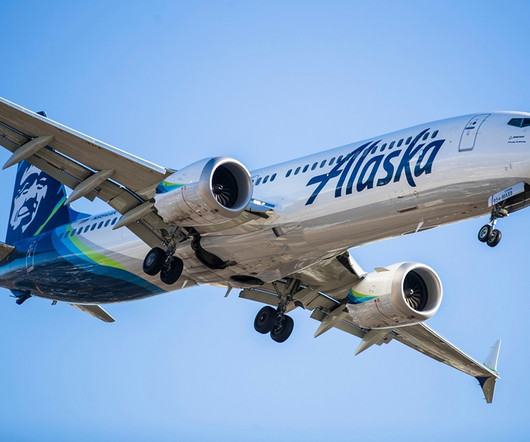








Let's personalize your content